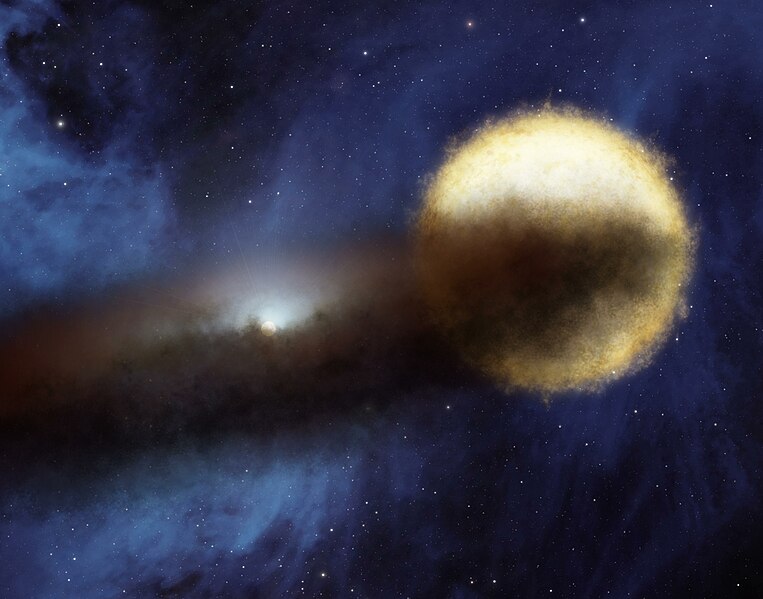File:Epsilon Aurigae.jpg
外觀

預覽大小:763 × 600 像素。 其他解析度:306 × 240 像素 | 611 × 480 像素 | 978 × 768 像素 | 1,280 × 1,006 像素 | 2,560 × 2,011 像素 | 4,200 × 3,300 像素。
原始檔案 (4,200 × 3,300 像素,檔案大小:610 KB,MIME 類型:image/jpeg)
檔案歷史
點選日期/時間以檢視該時間的檔案版本。
| 日期/時間 | 縮圖 | 尺寸 | 用戶 | 備註 | |
|---|---|---|---|---|---|
| 目前 | 2010年2月3日 (三) 18:23 |  | 4,200 × 3,300(610 KB) | Originalwana | {{Information |Description={{en|1=Using NASA's Spitzer Space Telescope, astronomers have found a likely solution to a centuries-old riddle of the night sky. Every 27 years, a bright |
檔案用途
下列頁面有用到此檔案:
全域檔案使用狀況
以下其他 wiki 使用了這個檔案:
- cs.wikipedia.org 的使用狀況
- en.wikipedia.org 的使用狀況
- es.wikipedia.org 的使用狀況
- fa.wikipedia.org 的使用狀況
- fi.wikipedia.org 的使用狀況
- he.wikipedia.org 的使用狀況
- ja.wikipedia.org 的使用狀況
- ko.wikipedia.org 的使用狀況
- pl.wikipedia.org 的使用狀況
- pt.wikipedia.org 的使用狀況
- ru.wikipedia.org 的使用狀況
- sv.wikipedia.org 的使用狀況
- uk.wikipedia.org 的使用狀況



